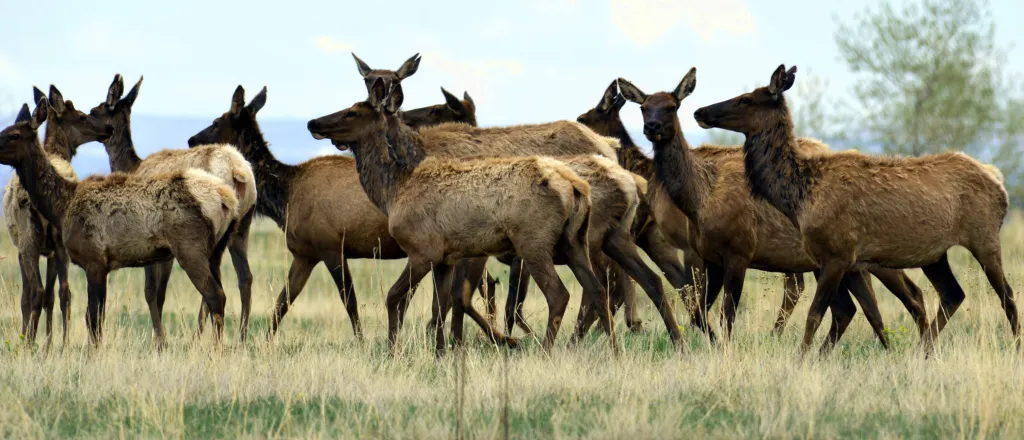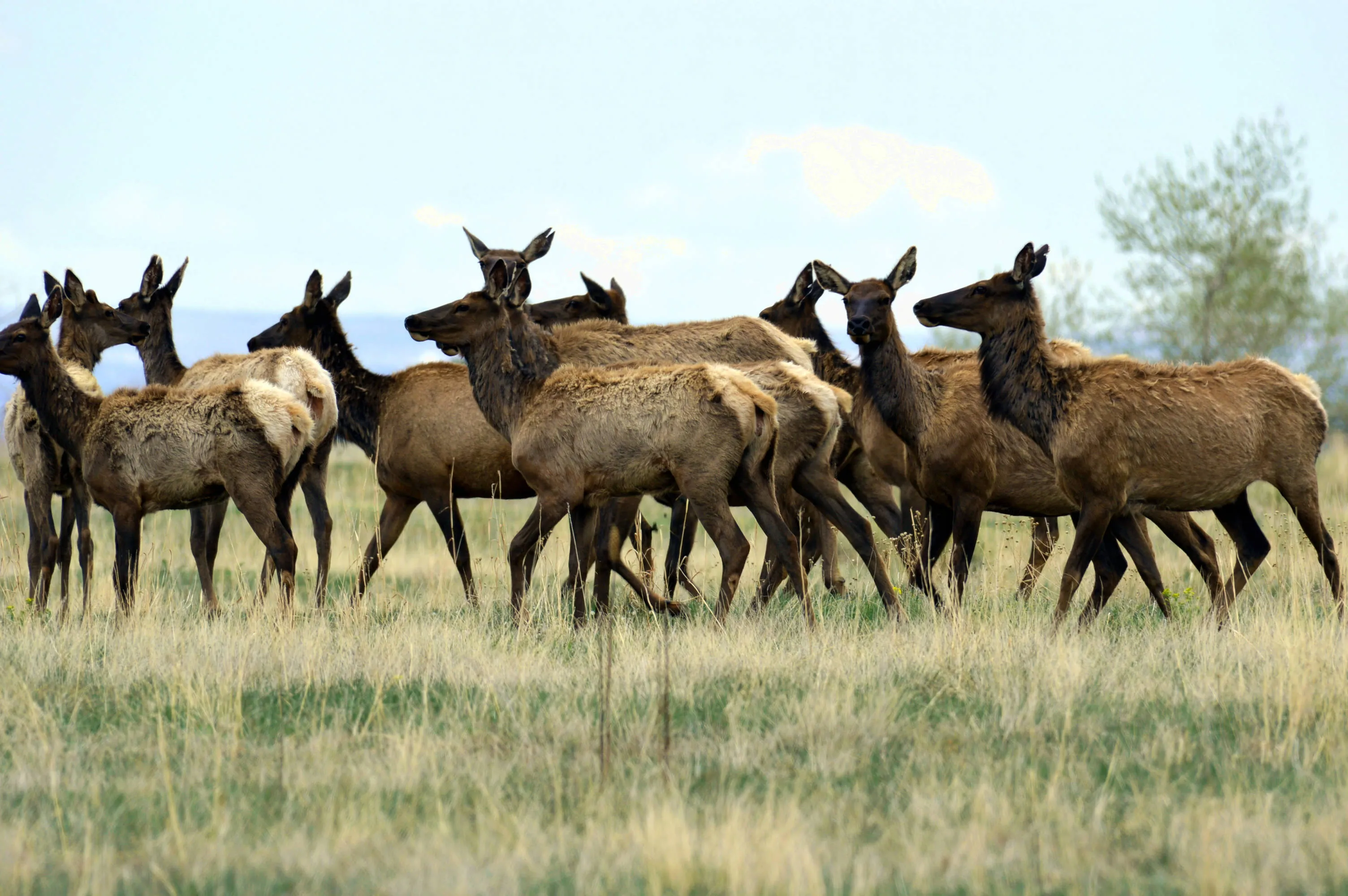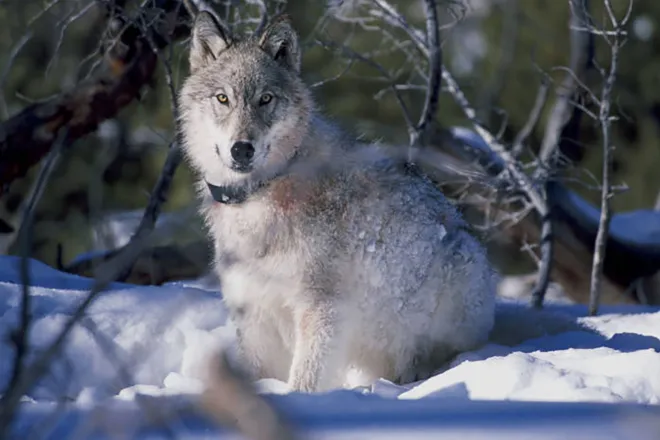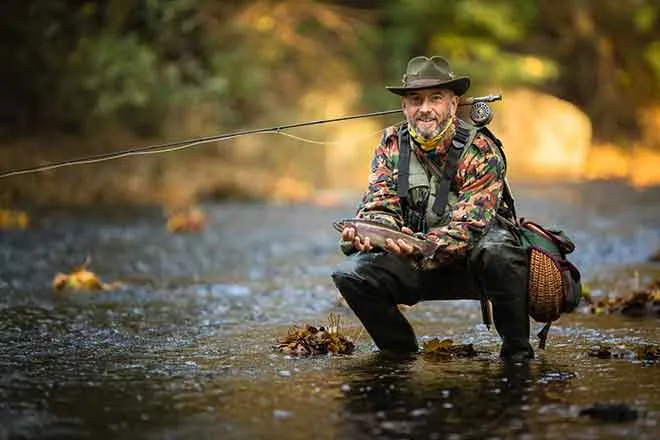
Teton County poised to set national standard for wildlife cohabitation
Courtesy USFWS/Ryan Moehring.
(Wyoming News Service) Wildlife advocates see Teton County's upcoming revised Lands Development Regulation on feeding wildlife as an opportunity to set a national standard for how communities and wildlife can peacefully co-exist and thrive.
Kristin Combs, executive director of Wyoming Wildlife Advocates, said the lion's share of economic activity in the county is linked to income from people who travel from across the world to see wildlife in their historic habitats.
"People are coming to this area to see things like bears and wolves, to see our national parks," Combs observed. "The wildlife here is a big part of our community."
The county's planning commission is set to meet Monday to review a draft plan which includes rules aimed to help residents reduce the risk of attracting wildlife onto their property. The commission is expected to deliver the plan to Teton County commissioners for approval in February.
Combs pointed out people do not have to wait for the final plan to prevent encounters that can be dangerous for people and frequently deadly for animals.
To avoid attracting bears, Combs advised locking up your trash, picking up any fallen fruit, and only using bird feeders when bears are hibernating. She added if left accessible, beehives and chicken coops provide high-calorie grab-and-go meals bears cannot resist
"Really making sure that you have fencing that is high enough," Combs recommended. "The ideal situation is an electric fence. If bears get zapped, they learn pretty quick that that's not an OK food source. They are highly unlikely to return to that area. And the same with beehives."
The current Lands Development Regulation affirms Teton County values bears, moose, wolves and other animals that have called the region home for thousands of years, and Combs argued now is the time to set an example for communities across the nation, increasingly counting wildlife as close neighbors.
"Preserve these species who don't have that much area left to wander in the United States," Combs urged. "Give them a place where they can survive alongside of us."

















